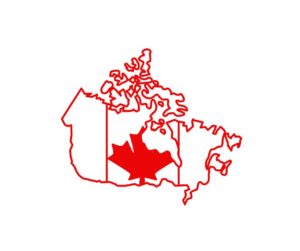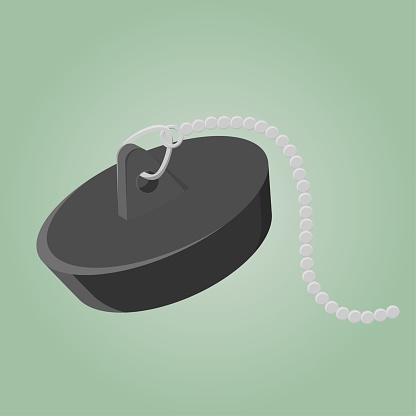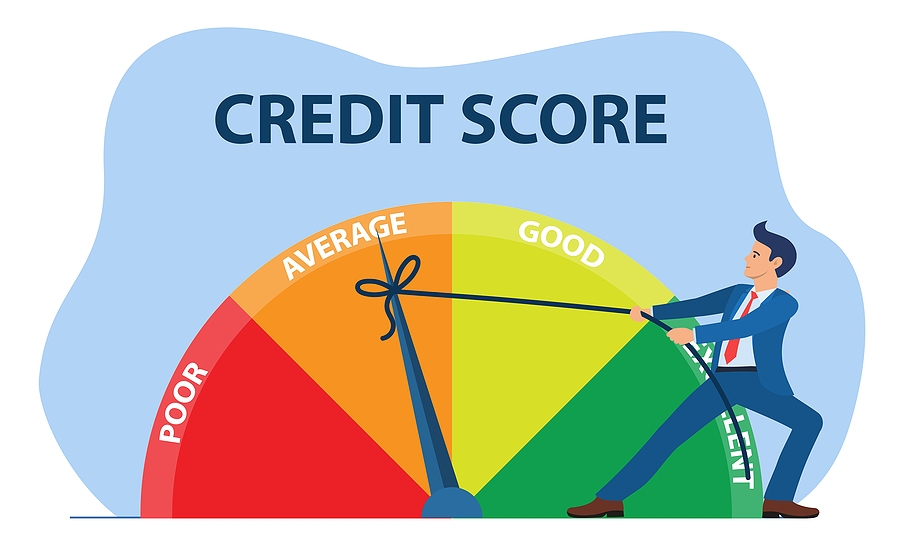5 House Hunting Mistakes to Avoid
Buying a home is one of the largest investments you will ever make! In order to make your home hunting experience the best it can be, there are a few key mistakes to avoid and be aware of before you start your journey:
- Not Getting Pre-Approved: One of the most important aspects of buying a home is the mortgage application and approval process. No matter what type of home you are looking for, you will need a mortgage. One of the biggest mistakes when it comes to the home-buying process is NOT getting pre-approved prior to starting your search. Getting pre-approved determines the actual home price you can afford as it requires submission and verification of your financial history to ensure the most accurate budget to fit your needs.
- Not Setting or Following a Pre-Determined Budget: Another mistake that people make when home-hunting is not setting, or following, a pre-determined budget. It can be tempting to start looking at the top of your budget, or even slightly over, but when you consider closing costs and the long-term financial responsibility of home ownership, it is best to avoid maxing yourself out. Getting pre-approved will help determine what you can afford, and that’s where I come in as your mortgage broker. I will help you get your pre-approval. I can access the best possible lender for your situation with one credit check.
- Not Hiring a Real Estate Agent: Your mortgage broker and your real estate agent are two of the most important members of your homebuying A-Team! In today’s competitive real estate market, it can be very difficult to acquire property without the help of a realtor. One reason is that realtors can provide access to properties that never even make it to the MLS website! They can also gain access to information about homes that may come onto the market, before a listing is even signed. Most importantly though, a realtor understands the ins-and-outs of the home buying process and can tell you how to be successful in your endeavors to purchase a home by guiding you through the process from the first viewing to having your bid accepted.
- Focusing Too Much on Aesthetics: While we understand that bad interior design can really affect the perception of the home, you don’t want to be blindsided by it. At the end of the day, aesthetics can always be updated! Giving up the perfect price or location or size for a few aesthetic details (such as paint color, flooring, or even outdated appliances or light fixtures) is one of the biggest mistakes people make! Most homes have incredible bones that only need some minor tweaks to become your perfect space.
- Not Thinking Ahead: What you want and need in a house today, could be very different from what you want and need in a house in the future. It is important to be able to look ahead – are you planning on having children? Are your parents getting older and in need of a retirement space? These are things that are good to take into consideration when buying a new home. Buying a home isn’t a permanent decision as you can always sell your home later on if it doesn’t work for you in the future, but it is almost always easier to plan ahead so you can grow with—and not out of—your home whenever possible.
If you are looking to purchase a new home, whether your first space or a step-up from your current living situation, I would be happy to help! Please don’t hesitate to reach out to set up a virtual appointment and discuss your mortgage options, pre-approvals and everything you need to know BEFORE you get started.
Written by the DLC Marketing Team



 10 Ways to Plug Money Leaks
10 Ways to Plug Money Leaks

